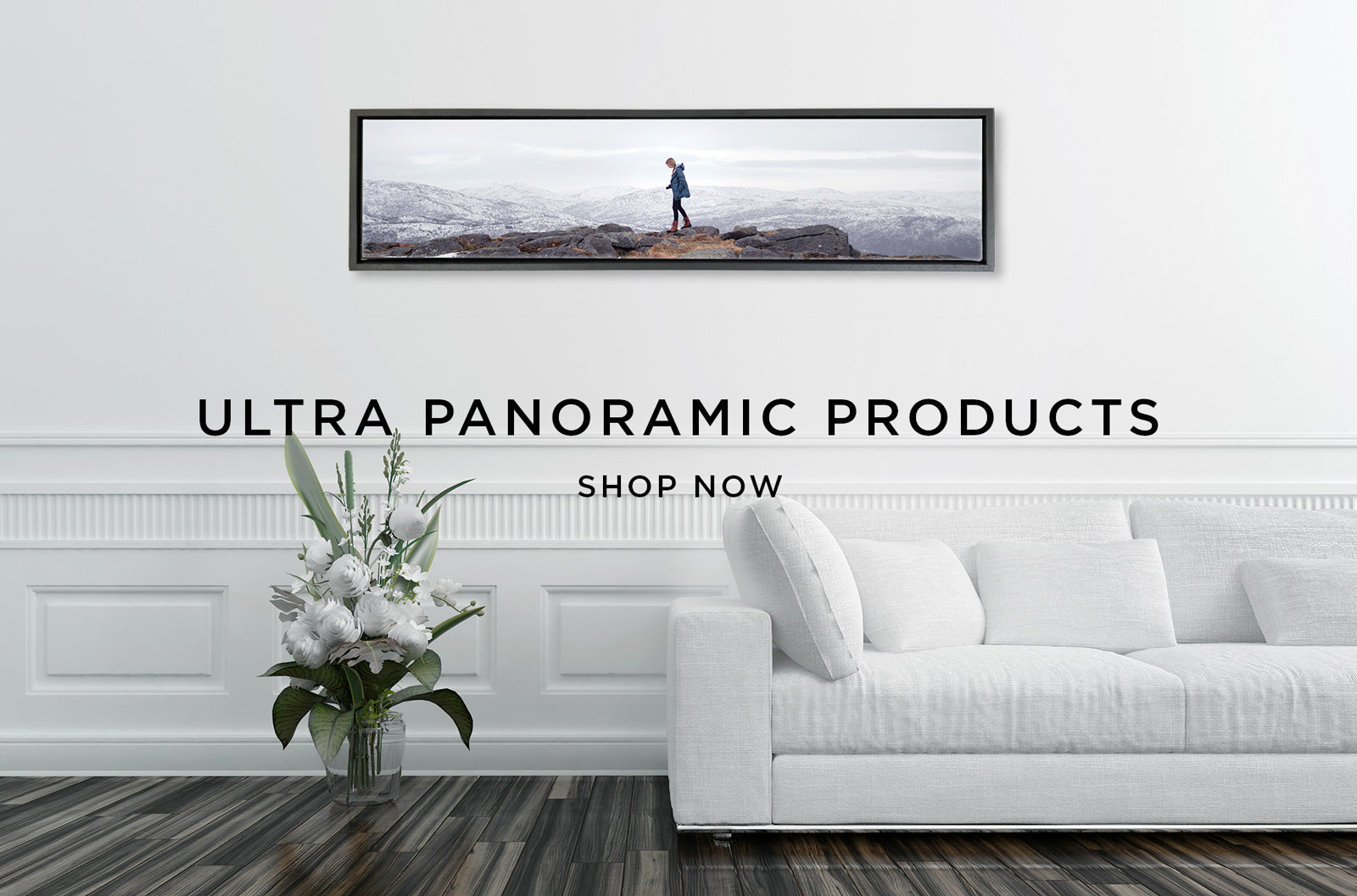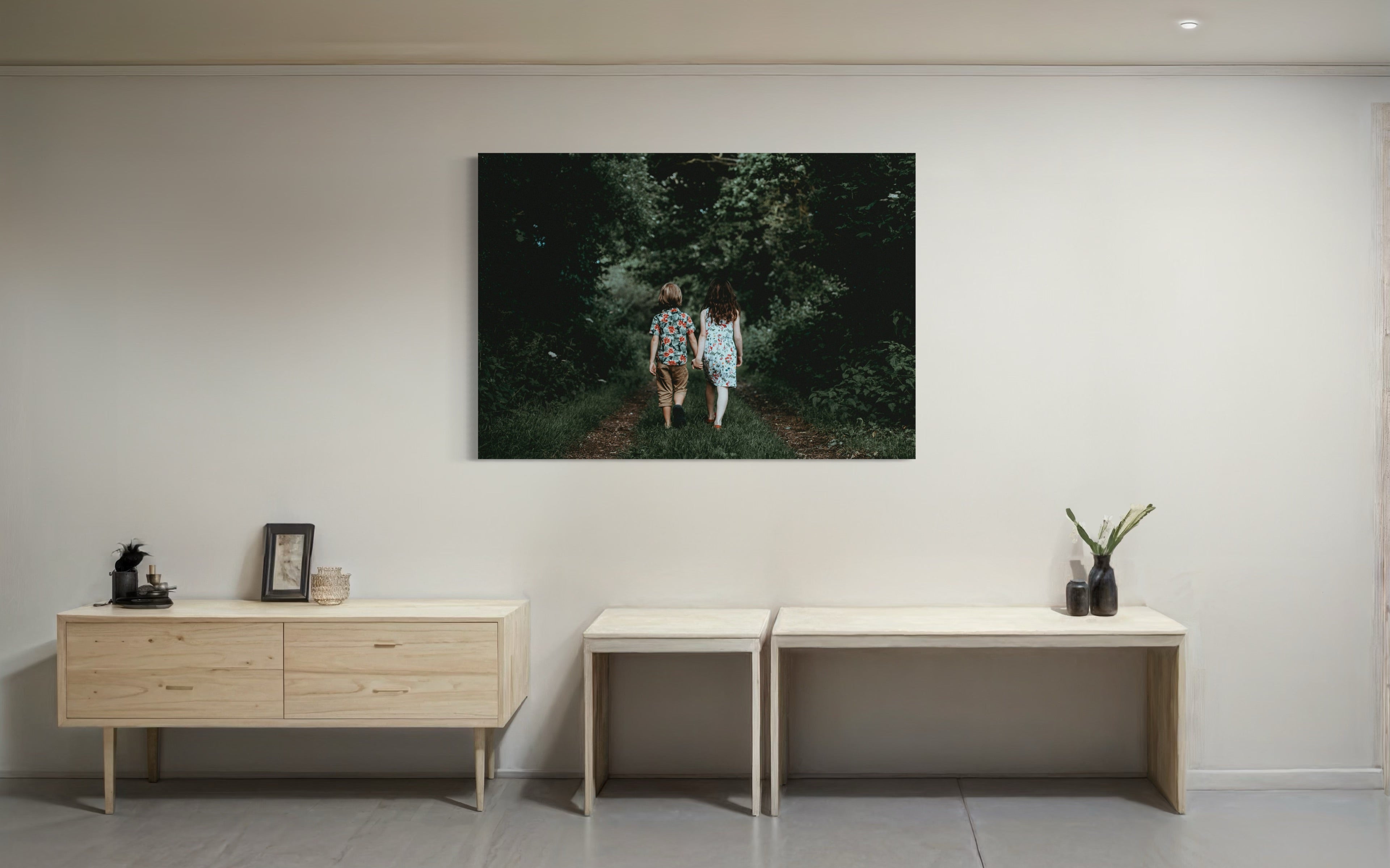Introduction to Canvas Prints and Photo Prints
Canvas prints represent an elegant and timeless way to display photographs and artwork. They are created by printing an image directly onto a canvas material, which is then stretched over a wooden frame, often resembling the presentation of traditional oil paintings. These prints can be found in homes, offices, and galleries, adding a sophisticated aesthetic to any space. Often chosen for their durability and classic appeal, canvas prints offer several benefits:
- Longevity: Canvas prints are typically printed with high-quality pigments that resist fading.
- Texture: The canvas material provides a textured finish, which can add depth and dimension to the image.
- Frameless Display: The ability to display without a frame adds a modern or contemporary look.
- Versatility: Suitable for a variety of images, from personal photographs to professional artwork.
Photo prints, on the other hand, are traditional photographic reproductions made on paper. These prints are often associated with a glossy or matte finish and can be housed within frames or photo albums. Utilising advanced printing technologies, photo prints can capture fine details, making them a popular choice for high-resolution images. Key attributes of photo prints include:
- Detail and Sharpness: They often offer higher resolution and detail than canvas prints.
- Finish Options: Multiple finish options such as gloss, matte, and lustre to suit different tastes.
- Cost-Effective: Generally more affordable compared to canvas prints.
- Variety of Sizes: Available in a myriad of sizes, making them ideal for both small mementos and large displays.
Both canvas prints and photo prints play significant roles in preserving and showcasing images, each with their unique advantages. By understanding the distinctions, individuals can make informed decisions on the best type of print for their specific needs.
Historical Context of Printing Methods
The evolution of printing methods over centuries has profoundly influenced how images are preserved and shared. The origins of printing date back to early woodblock printing in China, around 200 CE. Over time, several inventors expanded upon these rudimentary techniques.
In the 15th century, Johannes Gutenberg revolutionised the industry with the development of movable type printing. This innovation led to the mass production of texts and illustrated works, making information more accessible.
Photo Prints
Photo prints emerged in the 19th century as photographic technology advanced. Key milestones include:
-
Daguerreotype (1839): Invented by Louis Daguerre, this was the first publicly announced photographic process. It produced detailed images on silver-plated copper sheets.
-
Calotype (1841): William Henry Fox Talbot introduced this process. Unlike the Daguerreotype, it allowed for multiple copies from one negative.
-
Silver Gelatin Prints: Invented in the 1870s, they became the most common photographic prints by the 20th century due to their affordability and high quality.
Canvas Prints
Canvas printing has a significantly longer history tied to painting rather than photographic reproduction. Key points include:
-
Renaissance Era: Artists like Leonardo da Vinci and Michelangelo used canvas as their medium. This period saw a shift from painting on wooden panels to canvas due to its durability and lightweight nature.
-
19th Century: With the introduction of the printing press, canvas was used to reproduce famous artworks. However, it was still predominantly a medium for original paintings.
-
20th Century Onwards: The advent of digital printing technology allowed for high-quality image reproduction on canvas. This method combines traditional art techniques with modern photographic advances, bridging the gap between the two mediums.
The historical development of both photo and canvas prints showcases how advancements in technology and changes in artistic preferences have led to the diverse printing methods available today.
Material Differences: Canvas vs Photo Paper
Canvas and photo paper represent two distinct mediums, each offering unique qualities for printing images. Understanding their material differences can help individuals choose the most suitable option for their needs.
Canvas
- Texture: Canvas features a textured surface that adds a tactile dimension to the print. This texture can create a more lifelike and artistic effect, especially beneficial for reproductions of paintings and textured photographs.
- Durability: Canvas prints are generally considered more durable. The canvas material is often made from cotton or a cotton-polyester blend, which is then sealed with a protective coating. This enhances its resistance to moisture, UV rays, and physical damage.
- Framing Options: Canvas prints are usually stretched over a wooden frame, known as gallery wrapping, allowing the image to extend around the edges. This creates a frameless, modern look that can be displayed as is.
- Weight and Flexibility: Due to its composition, canvas is relatively lightweight and flexible, making it easier to transport and hang compared to glass-framed photo prints.
Photo Paper
- Texture: Photo paper has a smooth surface, which ensures that details are sharp and colours are vibrant. The lack of texture makes it ideal for high-definition prints and images where fine detail is crucial.
- Durability: While photo paper is also resistant to UV rays and moisture when properly finished, it is less durable than canvas. Without appropriate care, photo prints are prone to fading and damage from scratches or environmental factors.
- Framing Options: Photo prints are typically framed behind glass, which offers an additional layer of protection. However, this conventional framing can result in reflections and glare, potentially detracting from the image.
- Weight and Flexibility: Photo paper prints, especially larger ones, often require a frame with glass, making them heavier and less flexible compared to canvas prints. This can complicate the hanging process and transport.
Both canvas and photo paper have specific strengths and attributes. A choice between them depends on the desired aesthetic, intended use, and personal preference in terms of texture, durability, framing, and ease of handling.
Durability and Longevity: Which Lasts Longer?
When evaluating the durability and longevity of canvas prints versus photo prints, several factors come into play including material composition, resistance to environmental factors, and maintenance needs.
Material Composition
Canvas prints are produced on high-quality cotton or linen materials, often blended with synthetic fibres for enhanced durability. These prints are then coated with protective finishes that shield against UV rays and moisture. Conversely, photo prints are generated on professional-grade photographic paper that may include chemical coatings to improve longevity.
Environmental Resistance
Canvas prints excel in environments with fluctuating temperatures and humidity, thanks to their resilient and flexible fabric. The protective coatings applied to canvas provide an extra layer of defence against fading due to sunlight. Meanwhile, photo prints require a more controlled environment to maintain their quality. The paper and inks used in photo prints are susceptible to degradation from prolonged exposure to direct light, high humidity, and extreme temperatures.
Maintenance Needs
Canvas prints necessitate minimal maintenance, with routine dusting often sufficing to keep them looking pristine. They are inherently resistant to minor scratches and, thanks to their protective coatings, are less prone to staining. On the other hand, photo prints demand higher maintenance. Protective glass and framing are typically required to shield them from environmental damage. Any contact with oils or moisture can smudge or ruin a photo print, requiring delicate handling.
Lifespan
For collectors and enthusiasts, the lifespan of the art piece is a critical consideration. High-quality canvas prints can last upwards of 100 years with minimal fading, assuming they are kept under usual indoor conditions. Photo prints, however, typically have a shorter lifespan due to the fragility of paper and ink, even when stored in optimal conditions. Archival-quality photo prints, produced with superior materials, can last several decades but are still outperformed by the longevity of canvas prints.
In summary, the advantages of canvas prints in terms of environmental resistance and maintenance ease make them a superior choice for those seeking long-term durability. While photo prints offer exceptional clarity and detail, their susceptibility to environmental damage and higher maintenance needs somewhat diminish their appeal for longevity-focused consumers.
Quality and Resolution: A Detailed Comparison
In comparing the quality and resolution variables of canvas prints versus photo prints, several distinctive factors must be assessed. Both mediums offer distinct benefits and limitations tailored to specific preferences and uses.
Canvas Prints
- Texture: Canvas prints incorporate a textured surface resembling a traditional painting. This texture adds depth to the image, making it particularly suited for artistic or abstract photography.
- Resolution: Although the texture of canvas can subtly reduce apparent resolution, the print still achieves high visual impact, especially when viewed from a distance.
- Durability: Canvas prints are known for their durability. The materials used are often resistant to fading, water damage, and UV rays, providing longevity to the artwork.
- Aesthetic Appeal: The matte finish of canvas prints prevents glare and offers a softer, more classic look, which is often preferred for interior decoration.
Photo Prints
- Sharpness: Photo prints excel in achieving high-resolution, sharp details, making them perfect for high-definition photography where clarity is paramount.
- Colour Accuracy: They offer superior colour accuracy, vibrant hues, and finer gradations of shade, capturing every nuance of the original photograph.
- Surface Options: Photo prints can be produced on glossy, matte, or metallic surfaces. Each type offers distinct advantages, such as gloss for vibrant colour and matte for a non-reflective finish.
- Flexibility in Size: Photo prints can be easily customised to various sizes without significant loss in quality, making them versatile for different display purposes.
Key Differences
-
Texture vs. Clarity:
- Canvas: Texture adds depth but may soften details.
- Photo Print: Emphasises sharpness and detail.
-
Durability and Maintenance:
- Canvas: More resistant to environmental factors, requiring minimal maintenance.
- Photo Print: Needs protection (such as framing) to guard against fading and damage.
-
Presentation and Application:
- Canvas: Preferred for a classic, artistic look, suitable for home decor.
- Photo Print: Ideal for professional photography and situations requiring precise detail.
By understanding these distinctions, individuals can make informed decisions on whether canvas or photo prints better suit their specific needs and preferences.
Aesthetic Appeal: Frame Choices and Display Options
When considering the aesthetic appeal of canvas prints versus photo prints, the variety of frame choices and display options plays a significant role. Canvas prints offer a contemporary, artistic look that often appeals to those seeking a bold statement piece. They come in various forms:
- Frameless or Gallery Wrap: The image extends around the edges of the frame, providing a seamless look.
- Floater Frames: These float framed canvas give the illusion that the canvas print is floating within the frame, adding a modern touch.
- Traditional Frames: Though less common, traditional frames can add a formal element to canvas prints.
On the other hand, photo prints offer a wider array of framing options, ranging from minimalist to elaborate designs. Common choices include:
- Standard Frames: Simple frames that come in various colours and materials such as wood or metal.
- Matted Frames: These frames include a border around the photo, adding depth and a sophisticated look.
- Shadow Boxes: Ideal for adding dimension, these frames create an elevated display by enclosing the photo within a deeper frame.
Canvas prints typically utilise textures and painterly effects, often on matte or semi-gloss surfaces, enhancing their artistic allure. This characteristic is particularly effective in home decor and professional settings, creating a focal point on any wall.
Photo prints, however, are usually presented behind glass, offering a polished, professional finish. Options for photo paper range from glossy to matte, lustre to metallic, each affecting the photograph's sheen and depth.
When it comes to display flexibility, canvas prints are lighter and easier to hang, often requiring only a nail or a simple hook. They eliminate the concern of glare from lighting, blending well with varied interior designs.
While heavier and requiring more secure mounting solutions, photo prints in frames are more versatile for interchanging images and updating display aesthetics. This feature is particularly appealing for seasonal decor or changing art collections.
Overall, the choice between canvas prints and photo prints should consider the desired frame style, ease of display, and the overall aesthetic each medium provides.
Versatility And Customisation: Tailoring Your Prints
In the debate between canvas prints and photo prints, versatility and customisation play crucial roles. Each medium offers unique advantages and limitations in terms of adaptability to personal preferences and specific needs.
Canvas Prints:
Canvas prints stand out for their excellent adaptability to various environments. They cater to:
- Size Flexibility: Canvases can be easily ordered in a wide range of sizes, from small pieces that fit snugly into tight spaces to large statement art suitable for spacious walls.
- Display Options: Often used without frames for a modern and streamlined look, but users have the option to add frames for a more traditional appearance.
- Texture Variety: The texture of canvas adds a tactile element to artwork, enhancing depth and dimension, especially beneficial for paintings and artwork reproductions.
- Durability: Resistant to glare and fingerprints, making them ideal for high-traffic areas.
Photo Prints:
Photo prints, on the other hand, offer their own set of customisation features that can be appealing in different contexts:
- Finish Options: Available in matte, glossy, metallic, and lustre finishes, each providing a distinct look and feel. Glossy finishes offer vibrant colours, whereas matte finishes eliminate glare.
- Paper Choices: Multiple paper types, including archival-quality options for professional needs, ensure longevity and preservation of print quality.
- Detail Precision: Specifically designed to capture fine details and vivid colours, making them perfect for high-resolution photographs and intricate visuals.
- Mounting and Framing: Easily adaptable to a variety of mounting and framing styles. Flush mounting, traditional framing, and frameless glass mounts present extensive design options.
The degree of customisation available in both mediums allows them to match the specific design aesthetics and functional requirements of a diverse clientele. Whether prioritising the textured appeal of canvases or the detailed precision of photo prints, both mediums provide ample opportunities for personalisation. As such, the selection largely depends on the desired outcome and context of display.
Cost Considerations: Budgeting for Your Prints
When budgeting for canvas prints and photo prints, various cost factors should be considered to make an informed decision. Each option presents unique elements influencing the overall price, which is critical for any purchaser aiming to balance quality with expenditure.
Canvas Prints
- Materials and Production: Canvas prints generally require high-quality canvas material and wooden stretcher bars for mounting. These elements contribute to the overall expense.
- Printing Technology: Advanced printing technology, such as giclée printers, are often used for canvas prints. This equipment ensures high-definition, durable prints but can increase costs.
- Additional Options: Custom frame selections, protective coatings, and size variations can add to the base price. Moreover, gallery wrapping and additional finishes may also be considered.
- Durability: The longevity of canvas prints can be a cost-saving element over time. The potential for years of pristine display without fading or warping can justify higher initial costs.
Photo Prints
- Materials: Photo paper, ranging from standard to premium quality, affects costs. Glossy, matte, or metallic finishes could demand different price points.
- Printing Methods: High-quality photo prints often use professional-grade inkjet or dye-sublimation printers. While cheaper options exist, the quality correlates with the expenditure.
- Framing and Mounting: Photo prints may require matting, framing, and protective glass or acrylic, each adding to the overall cost. The level of customisation will also influence the budget.
- Size and Quantity: Photo prints are often more affordable in smaller sizes or larger quantities. Bulk printing discounts may make them more cost-effective for those requiring multiple prints.
Comparative Costs
- Initial Investment: Canvas prints typically have a higher upfront cost due to the involved materials and production techniques.
- Long-Term Value: Although initially more expensive, canvas prints might offer superior long-term value due to their durability and aesthetic appeal.
- Bulk vs Individual: For individuals seeking multiple prints, photo prints can be more budget-friendly, especially when purchasing in bulk.
Understanding these cost considerations helps in budget allocation, enabling consumers to select the printing option that best aligns with their financial and aesthetic preferences.
Environmental Impact: Sustainability of Materials
Environmental concerns play a significant role in determining the sustainability of materials used in canvas prints and photo prints. Addressing these factors helps understand the long-term effects and the ecological footprint of each medium.
Canvas Prints
- Sources of Material: Canvas prints utilise fabrics, often made from cotton or linen. Cotton demands substantial water and pesticide use, while linen is generally more sustainable due to less intensive agricultural practices.
- Inks and Finishes: Eco-friendly, water-based inks are often employed in canvas printing, reducing the reliance on harmful solvents. However, certain finishes and protective coatings may contain synthetic substances detrimental to the environment.
- Manufacturing Process: The production of canvas requires weaving and stretching, both of which consume energy. Nonetheless, advancements in manufacturing aim to mitigate carbon emissions.
- Longevity: Canvas prints are renowned for their durability, which underscores their sustainability by minimising the need for frequent replacements, thereby reducing waste.
Photo Prints
- Paper and Processes: Traditional photo prints use chemically coated photographic paper, necessitating an intensive manufacturing process. The chemicals used can pose environmental hazards if not managed responsibly.
- Inks and Chemicals: Photo printing, particularly long-established methods, relies on various chemicals for developing and fixing images. Contemporary digital techniques have considerably reduced, but not entirely eliminated, these chemicals.
- Recyclability: Modern photo paper is often not recyclable due to the chemical coatings, presenting challenges in waste management.
- Energy Use: Digital photo printing requires significant electricity, particularly for high-quality prints. However, continuous technological advancements strive for greater energy efficiency and lower ecological impact.
Comparative Overview
- Renewability: Linen canvas is more renewable compared to chemically coated photo paper.
- Emissions: Both mediums face challenges with emissions; however, digital methods in photo printing show promise for lower carbon footprints as technology advances.
- Waste Management: Canvas print waste is more straightforward to manage compared to chemically intensive photographic waste.
- Durability: Both canvas and photo prints exhibit excellent durability, yet canvas prints might edge out due to their greater resistance to physical wear.
Quote:
"Sustainability is not just about choosing eco-friendly materials but also involves perpetual innovation in reducing environmental footprints."
Understanding the environmental impact and sustainability of materials in canvas and photo prints necessitates a nuanced and holistic approach to ensure responsible consumer choices and industry practices.
Popular Use Cases: When to Choose Each Type
Canvas prints and photo prints each have their specific use cases, making them suitable for different needs and preferences. Understanding these use cases can help in making an informed decision.
Canvas Prints
Canvas prints are ideal for:
- Home Décor: Canvas prints provide a classic, textured feel that enhances the aesthetic of a living room, bedroom, or hallway. They blend seamlessly with various décor styles, from rustic to contemporary.
- Art Displays: Artists and photographers often opt for canvas prints to showcase their work, as the texture of the canvas adds depth to their creations.
- Gifts: Because of their artistic appeal and durability, canvas prints make excellent gifts for special occasions such as wedding prints, anniversaries, and birthdays.
- Office Spaces: Companies and offices often use canvas prints to add a touch of sophistication to their work environment. Custom prints featuring company values or team photos are common.
Photo Prints
Photo prints are particularly suited for:
- Albums and Scrapbooks: Photo prints are versatile and can be easily trimmed or arranged in albums and scrapbooks, making them ideal for preserving memories.
- Frames: They are perfect for framing, whether it’s a standalone piece on a desk or part of a gallery wall. Photo prints are especially suitable for high-detail images where clarity is paramount.
- Portfolios: Professional photographers often prefer photo prints for portfolios due to their exceptional colour accuracy and sharpness.
- Special Projects: Ideal for invitations, greeting cards, or any project requiring precision and clarity. Their sleek finish makes them dynamic for creative customisation.
Note: Canvas prints generally last longer due to their coated surfaces which are less susceptible to environmental damage. In contrast, photo prints may require additional care, such as frames with UV protection, to prevent fading over time.
Understanding the unique attributes and ideal use cases for each type of print ensures the choice aligns with the intended application and desired effect.
Customer Reviews and Expert Opinions
Customer Reviews
-
Canvas Prints
-
Positive:
- Customers appreciate the texture and artistic quality of canvas prints.
- Many highlight the durability and long-lasting nature of the material.
- Frequently mentioned that canvas prints can be frameless, offering a modern look.
-
Negative:
- Some note that canvas prints may not capture the sharp details of high-resolution photos.
- A few reviewers mention the higher cost compared to traditional photo prints.
-
Positive:
-
Photo Prints
-
Positive:
- Customers are fond of the colour accuracy and fine detail in photo prints.
- Many enjoy the affordability and the variety of sizes available.
- The ease of framing and replacement is frequently mentioned.
-
Negative:
- Several users point out that photo prints can fade over time if not properly cared for.
- Complaints about glare and reflections on glossy prints surface occasionally.
-
Positive:
Expert Opinions
-
Canvas Prints
- Experts in the art industry often recommend canvas prints for reproducing artworks due to their textured surface which resembles an original painting.
- Professionals in interior design prefer canvas prints for larger spaces, noting they add a soft and warm aesthetic.
- Critics caution that the weave of the canvas can sometimes detract from very fine photographic details.
-
Photo Prints
- Photography specialists endorse photo prints for their superior image accuracy and ability to showcase precise details.
- Curators and archivists note that when stored properly, photo prints can maintain their quality for decades.
- Some experts recommend UV-protective coatings to mitigate issues relating to photo prints' susceptibility to fading.
> "Canvas prints lend a gallery-like quality to your home, while photo prints offer unmatched detail and colour fidelity."
Additional Insights
-
Consumer Reports:
- A survey suggests that 75% of consumers choose canvas prints for their living room, attributing their choice to the artistic feel.
- Photo prints are predominantly chosen for personal photo albums and smaller frames due to their clarity and cost-effectiveness.
-
Market Trends:
- Canvas prints are trending upwards among millennials seeking contemporary home decor.
- Photo prints maintain enduring popularity for keepsake imagery and professional portfolios.
By comparing the feedback from both customers and experts, it is clear that both canvas and photo prints have their unique advantages tailored to varied preferences and applications.
Technology in Today's Printing: Latest Advancements
The printing landscape has undergone significant transformations with technological advancements. Modernisation in printing technology has led to improved quality, efficiency, and versatility in both canvas and photo prints. Here are some key advancements reshaping today's printing industry:
Advanced Printing Techniques
- Giclée Printing: Utilised for both canvas and photo prints, giclée printing employs high-quality inkjet technology. It uses pigment-based inks and archival papers or canvases, ensuring longevity and colour accuracy.
- UV Printing: In UV printing, ultraviolet light cures or dries the ink as it's printed. This method allows for printing on a variety of unconventional materials, including acrylic and metal, offering unique textural qualities.
Colour Management Systems
- High-Fidelity Colour Reproduction: Modern printers come equipped with sophisticated colour management systems, ensuring that the colours in the prints are as close to the original image as possible.
- Consistent Calibration: Professional-grade printers often include built-in calibration tools to maintain colour consistency across multiple prints and batches.
Material Innovation
- Enhanced Canvas Materials: Canvas materials now often include a blend of cotton and polyester, providing a perfect balance between texture and durability. These new materials are designed to resist fading and stretching over time.
- High-Quality Photo Paper: Advances in photo paper include options like metallic and baryta paper, which offer varied finishes and enhanced depth, bringing out the best in photographic prints.
Software Integration
- Advanced Editing Software: Integration with advanced photo editing software such as Adobe Photoshop and Lightroom provides artists with greater control over the final product. These tools allow for quick adjustments and fine-tuning before printing.
- Automation and Efficiency: Automated print workflows facilitated by modern software ensure minimal human intervention, reducing errors and speeding up the production process.
Sustainability Efforts
- Eco-Friendly Inks: Many printing companies are now adopting eco-friendly inks that are less harmful to the environment. These inks provide similar quality while reducing the ecological footprint.
- Sustainable Practices: From using recycled paper to implementing energy-efficient machines, the printing industry is increasingly focused on sustainable practices.
Quality Assurance
- AI and Machine Learning: Cutting-edge AI technology and machine learning algorithms are being harnessed for quality control. These systems can detect and correct defects in real-time, ensuring the highest print quality.
These technological advancements demonstrate the printing industry's commitment to innovation, quality, and sustainability, highlighting the substantial progress and transformation in creating both canvas and photo prints.
Beyond Prints: Interactive and Modern Options
Modern technological advancements and design innovations present a myriad of ways to preserve and display photographs beyond traditional prints. These alternatives often provide an interactive element that cannot be replicated by canvas or photo prints.
Digital Frames
With the rise of digital photo frames, individuals can now showcase a rotating series of photographs in a single frame.
-
Advantages:
- Can display multiple images sequentially
- Easily updated with new photos via USB or Wi-Fi
- Customisable settings for display duration, transitions, and brightness
-
Drawbacks:
- Requires occasional maintenance like software updates and recharging
- Initial purchase cost can be higher than traditional prints
Photo Books
Photo books offer a tactile experience, often used for commemorating special events like weddings, vacations, or anniversaries.
-
Advantages:
- High customisability with different layouts, themes, and captions
- Offers more narrative cohesion, telling a story through a series of photos
- Durable, coffee-table worthy objects; excellent for keepsakes
-
Drawbacks:
- Takes time and effort to design and order
- Not as easily updated as digital alternatives
Augmented Reality (AR) Photo Displays
Augmented Reality (AR) technology integrates digital information with the real-world environment, offering an engaging and novel way to view photos.
-
Advantages:
- Can overlay digital enhancements, such as animations or additional information, over physical prints
- Immersive experiences; ideal for interactive photo presentations in exhibitions or personal collections
-
Drawbacks:
- Requires specific hardware and software, which can be expensive
- Limited public understanding and acceptance at the current stage
Smart Home Integrations
Utilising smart home devices like digital assistants and smart TVs allows for seamless photo display integrations.
-
Advantages:
- Voice-activated commands for displaying specific images or albums
- Syncs effortlessly with cloud storage services
- Continually evolving capabilities with software updates
-
Drawbacks:
- Potential privacy concerns with connected devices
- Dependency on stable internet connection
As technology progresses, these interactive and modern options will likely become more accessible, offering increasingly sophisticated ways to enjoy cherished memories.
Conclusion: Which One is Right for You?
Choosing between canvas prints and photo prints depends on various factors unique to each individual’s preferences and needs. Here are some key considerations to help determine which option is the best fit:
Aesthetic Preferences
-
Canvas Prints
- Ideal for those who prefer a textured, artistic look.
- Often viewed as more suitable for modern and contemporary decor.
-
Photo Prints
- Best for individuals who prefer a smooth, glossy finish.
- Traditionally favoured for a more formal, classic presentation.
Durability and Longevity
-
Canvas Prints
- Generally more durable, with less susceptibility to tearing or creasing.
- Often treated with UV protection to prevent fading over time.
-
Photo Prints
- Can last many years if properly framed and protected.
- More prone to damage if not handled with care or exposed to moisture.
Cost Considerations
-
Canvas Prints
- Typically higher in cost, reflecting the materials and printing process involved.
- May require additional investment in framing or mounting.
-
Photo Prints
- More cost-effective, making them accessible for larger quantities or frequent updates.
- Better for those on a tighter budget or needing multiple copies.
Display and Presentation
-
Canvas Prints
- Easier to hang and display without the need for additional framing.
- Often used as standalone pieces or focal points in a room.
-
Photo Prints
- Require framing for best presentation, offering a more versatile display option.
- Suitable for photo albums, scrapbooks, or framed gallery walls.
Personal End Use
-
Canvas Prints
- Excellent choice for gifting, especially for major events or cherished memories.
- Preferred when seeking to make a bold statement with a single piece.
-
Photo Prints
- Ideal for sharing with friends and family, or for creating photo books.
- More convenient for smaller spaces or collages.
When deciding between canvas prints and photo prints, consider how each aligns with personal tastes, project goals, budgetary constraints, and desired longevity. By evaluating these factors, the optimal choice will naturally become apparent.






